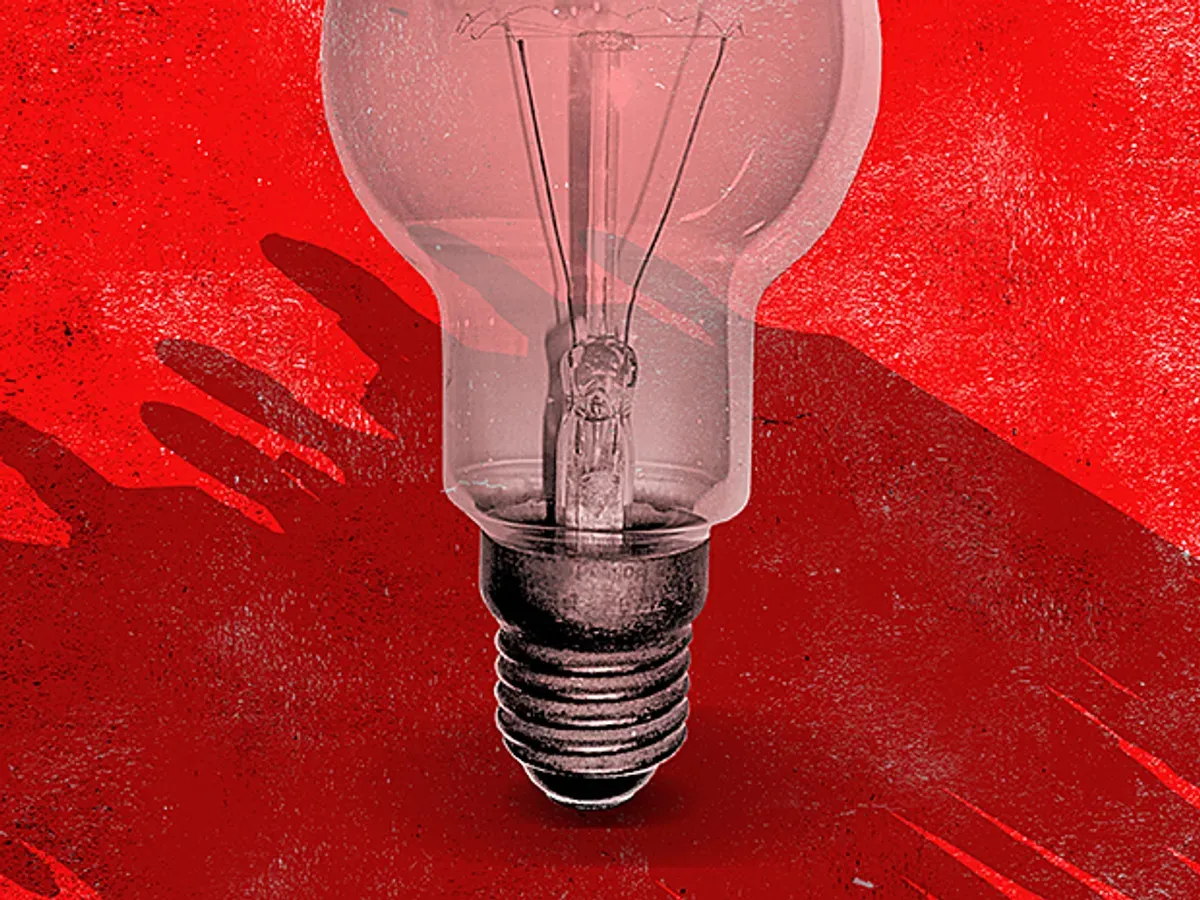Why a Princeton doctor decided to steal Einstein's brain

From the CBC: "It's a call Carolyn Abraham won't soon forget. In the spring of 1999, while working as the senior medical reporter for the Globe and Mail, Abraham received a tip from McMaster University — the office of Sandra Witelson, to be exact, a professor of neuroscience. They said that they had received Einstein's brain. When Einstein died, his body was sent for a routine autopsy. Dr. Thomas Harvey, chief pathologist at the Princeton Hospital, was assigned to the job. But before Harvey would pronounce the official cause of death, he cut out Einstein's brain and preserved it for future research. Mere days later, Harvey's actions were hailed in the headlines, but it turned out that he had acted before consulting with Einstein's surviving family, and the scientist's own wishes didn't jibe with what transpired. (Einstein had told his biographer Abraham Pais: "I want to be cremated so people don't come worship at my bones").
The hunt to identify a girl in a thrift-shop photo turns into a story of love and loss

From Flashbak: "In 2015, Meagan Abell was shopping in Richmond, Virginia when she spotted four sets of medium-format negatives protected in plastic sleeves in a box of vintage photographs. Abell bought the negatives, scanned them and saw the beautiful pictures of two young women standing on a seashore bathed in light. She set about finding out who the women were, and where and when the pictures were taken. She posted the photos on Facebook and asked for help. The woman in red was identified as Claudia Thompson, a jazz singer signed to Edison International, a small record label founded in Hollywood, California, in the late 1950s. The label lasted a few yers before the rights to the Edison catalog were transferred to Sundazed Music – including the jazz album Goodbye Love by Thompson and jazz guitarist Barney Kessel released in 1959."
Climate change is making the days a little longer researchers say

From The Guardian: "The climate crisis is causing the length of each day to get longer, analysis shows, as the mass melting of polar ice reshapes the planet. The phenomenon is a striking demonstration of how humanity’s actions are transforming the Earth, scientists said, rivalling natural processes that have existed for billions of years. The change in the length of the day is on the scale of milliseconds but this is enough to potentially disrupt internet traffic, financial transactions and GPS navigation, all of which rely on precise timekeeping. The length of the Earth’s day has been steadily increasing over geological time due to the gravitational drag of the moon on the planet’s oceans and land. However, the melting of the Greenland and Antarctic ice sheets due to human-caused global heating has been redistributing water stored at high latitudes into the world’s oceans, leading to more water in the seas nearer the equator."
(Editor's note: If you like this newsletter, please share it with someone else. And if you really like it, perhaps you could subscribe, or contribute something via my Patreon. Thanks for being a reader!)
How a 1920s cartel re-engineered the lightbulb to have a shorter lifespan

From IEEE Spectrum: "In December of 1924, a group of leading international businessmen gathered in Geneva for a meeting that would alter the world for decades to come. Present were top representatives from all the major lightbulb manufacturers, including Germany’s Osram, the Netherlands’ Philips, France’s Compagnie des Lampes, and the United States’ General Electric. The group founded the Phoebus cartel, a supervisory body that would carve up the worldwide incandescent lightbulb market, with each national and regional zone assigned its own manufacturers and production quotas. The cartel’s grip on the lightbulb market lasted only into the 1930s. Its far more enduring legacy was to engineer a shorter life span for the incandescent lightbulb. By early 1925, this became codified at 1,000 hours for a pear-shaped household bulb, a marked reduction from the 1,500 to 2,000 hours that had previously been common."
This voice actor and ventriloquist also invented the first implantable mechanical heart

From Davison.com: "In addition to being a ventriloquist, Paul Winchell was a very successful voice actor who did a lot of work for Disney and Hanna-Barbera cartoons. Perhaps his best remembered role was as the voice of ‘Tigger’ in the Walt Disney movie “Winnie-the-Pooh and the Blustery Day,” which earned an Academy Award for best animated short film. But Winchell was also a very successful inventor. Over the course of his life, he held patents on over 30 devices, including a disposable razor, a flameless cigarette lighter, an illuminated ballpoint pen, a retractable fountain pen, an inverted novelty mask, battery-operated heated gloves, an indicator to show when frozen food had gone bad after a power outage – and the first artificial human heart, which he developed with Dr. Henry Heimlich, inventor of the Heimlich Maneuver."
There is a unique species of sea-wolf that swims and primarily eats seafood

From National Geographic: "Unlike their inland cousins, coastal island wolves are entirely dedicated to the sea. Their genes prove it; collectively, coastal island wolves have distinct DNA that sets them apart from interior wolves. People usually associate wolf meals with elk or deer, but these guys are practically pescatarians, with salmon accounting for nearly a quarter of their diet. Beyond that, they forage on barnacles, clams, herring eggs, seals, river otters, and whale carcasses. When hunting for food, sea wolves can swim miles between islands and rocky outcrops to feast on seals and animal carcasses found on the rocks. Scientists who study them say he farthest record of their swimming abilities is to an archipelago 7.5 miles from the nearest landmass. They’re smaller in stature than gray wolves in other parts of the country, and are often reddish brown in color."
Watch what happens when a gummy bear hits potassium chlorate
This is what happens when a gummy bear comes into contact with potassium chlorate pic.twitter.com/ipSYgYW2AY
— Interesting As Fuck (@interesting_aIl) July 15, 2024
Acknowledgements: I find a lot of these links myself, but I also get some from other newsletters that I rely on as "serendipity engines," such as The Morning News from Rosecrans Baldwin and Andrew Womack, Jodi Ettenberg's Curious About Everything, Dan Lewis's Now I Know, Robert Cottrell and Caroline Crampton's The Browser, Clive Thompson's Linkfest, Noah Brier and Colin Nagy's Why Is This Interesting, Maria Popova's The Marginalian, Sheehan Quirke AKA The Cultural Tutor, the Smithsonian magazine, and JSTOR Daily. If you come across something interesting that you think should be included here, please feel free to email me at mathew @ mathewingram dot com



